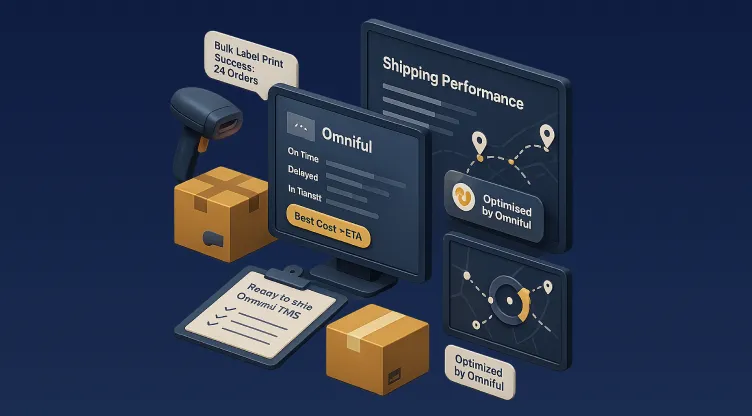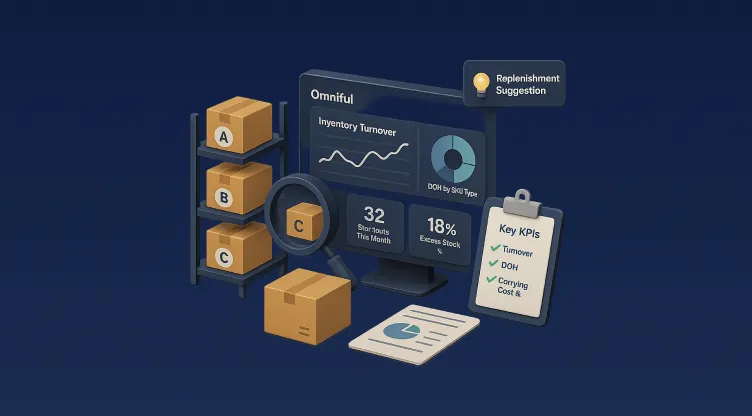
Explore how Inventory Management Systems (IMS) streamline product recalls through batch tracking, stock quarantining, customer communication, and reverse logistics—tailored for the MENA supply chain industry.
3 MIN READ

Explore how in-store fulfillment transforms retail stores into fulfillment hubs, reducing delivery times and logistics costs for e-commerce brands in the MENA region.
5 MIN READ

An inventory audit is a crucial business process that involves the examination and verification of a company's physical goods and materials in stock.
7 MIN READ

Efficient warehouse shipping operations ensure uninterrupted order processing and shipping activities.
8 MIN READ

Warehouse shipping functions as an essential supply chain element that involves transferring goods from storage facilities to customers' homes. The system integrates inventory management with order processing and logistics coordination to ensure timely and accurate deliveries.
9 MIN READ

Inventory analysis is the systematic evaluation of a company's stock levels, movements, and management practices.
8 MIN READ

Our previous blog about Inventory Analysis covered its definition and importance while exploring different methods and KPIs businesses use for stock optimisation and operational improvement.
8 MIN READ

Just possessing inventory will not meet market demands in today's rapid business environment. You must have precise knowledge of your inventory levels, their specific locations, and exact availability times, enhancing supply chain visibility.
9 MIN READ

Discover how to master inventory management during peak seasons using buffer stock, demand forecasting, and short lead-time strategies. Perfect for MENA retailers looking to scale smartly.
5 MIN READ